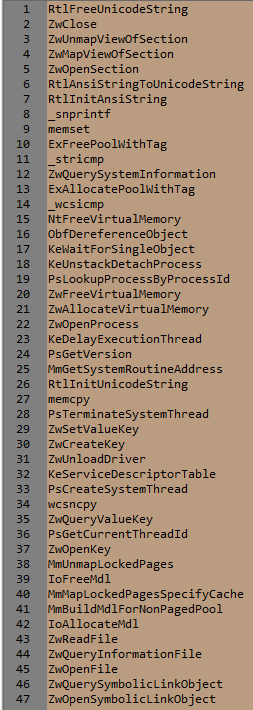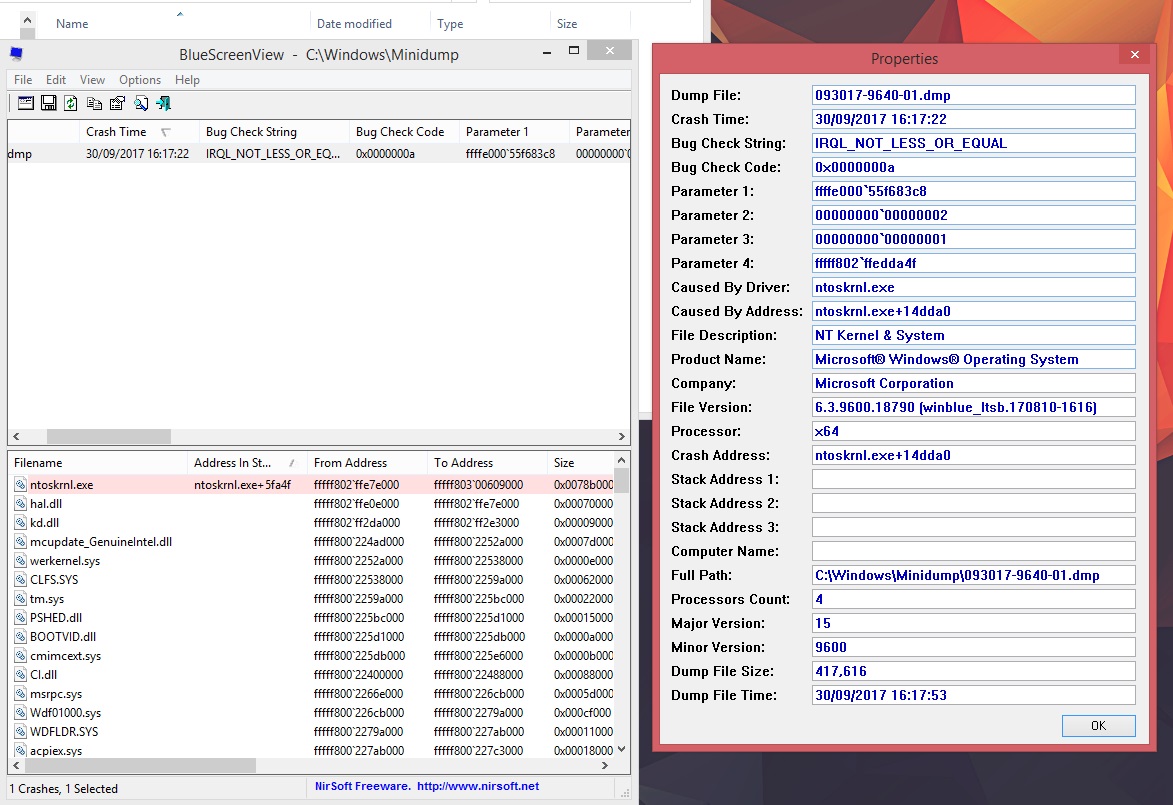Rootkit Ntoskrnl Exeter
I recently scanned my windows 7 (64 bit OS) and the results showed that some of my files are infected by some kind of 'rootkit'. I would like to know what is it. AVG found Hidden Rootkits - posted in Am I infected? What do I do?: AVG Free 2012 found 53 rootkits that are listed as 'Object is hidden' and it warns me they could.

Was it AVG which detected these rootkit items? If so, it would be helpful if you can advise the specific file(s) name associated with the detection and where it is located (full file path) at on your system.
Not all hidden components detected by anti-rootkit (ARK) scanners and security tools are malicious. It is normal for a Firewall, anti-virus and anti-malware software, CD Emulators, virtual machines, sandboxes and Host based Intrusion Prevention Systems (HIPS) to exhibit rootkit-like behavior or hook into the OS kernal/SSDT (System Service Descriptor Table) in order to protect your system. SSDT is a table that stores addresses of functions that are used by Windows. Whenever a function is called, Windows looks in this table to find the address for it. Both Legitimate programs and rootkits can hook into and alter this table. API Kernel hooks are not always bad since some system monitoring software and security tools use them as well. If nohooks are active on a system it means that all system services are handled by ntoskrnl.exe which is a base component of Windows operating systems and the process used in the boot-up cycle of a computer.
System32 Ntoskrnl Exe Download

Greg Hoglund, Jamie Butler. Revaluation Books (Exeter, United Kingdom. NTOSKRNL-HOOK (also referred to as Generic Rootkit.d!) is a detection for techniques used.
ARK scanners do not differentiate between what is good and what is bad.they only report what is found. Therefore, even on a clean system some hidden essential components may be detected when performing a scan to check for the presence of rootkits. As such, you should not be alarmed if you see any hidden entries created by legitimate programs after performing a scan. Generally when a system is infected with a malicious rootkit, there are other indications something is wrong such as slow performance, high CPU usage, browser redirects, BSODs, etc. In most cases further investigation is required after the initial ARK scan by someone trained in rootkit detection or with advanced knowledge of the operating system. Report logs need to be analyzed and detected components identified in order to determined if they are benign, system critical or malevolent before attempted removal.
Using an ARK scanner without knowing how to tell the difference between legitimate and malicious entries can be dangerous if a critical component is incorrectly removed. Windows Insider MVP 2017-2018 Microsoft MVP Reconnect 2016 Microsoft MVP Consumer Security 2007-2015 Unified Network of Instructors and Trusted Eliminators.